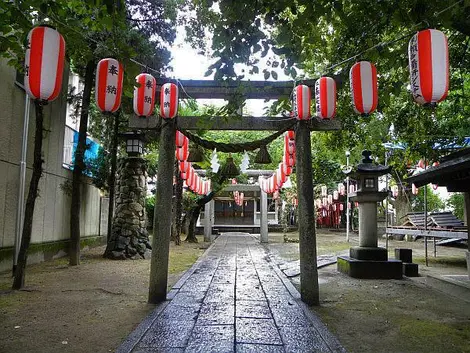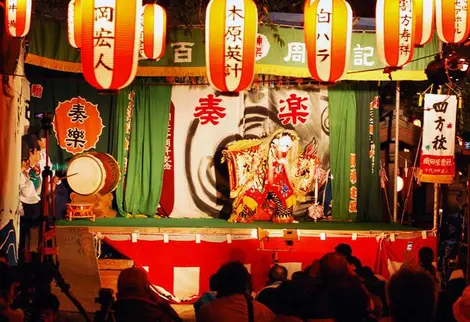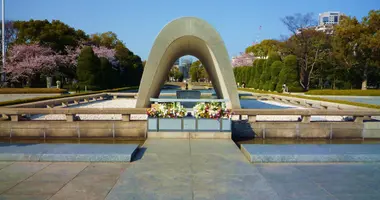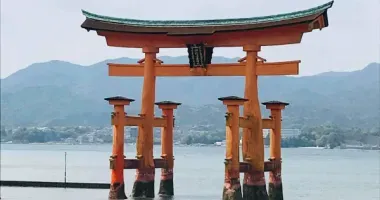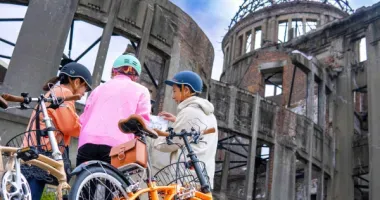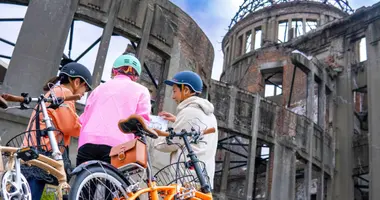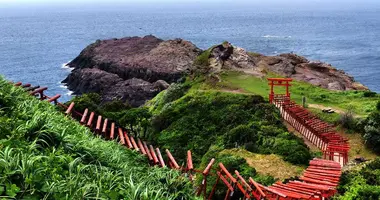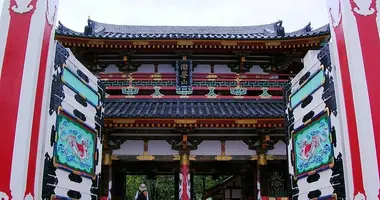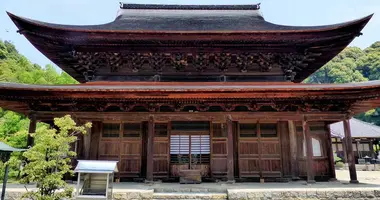Ikari-jinja 碇神社
- Published on : 06/01/2015
- by : M.M.
- Youtube
The delta of an island
Wedged between two buildings, this green alley invites passers-by to escape from the urban bustle. At the end of the road stands the discrete Ikari jinja, which for seven hundred years has kept the memory of a lesser known history of the city.
Sailors who approached the estuary of Hiroshima were accustomed to anchoring on a wide sandbar to avoid Etocs and pitfalls. They erected a shrine to Ôwatatsumi, the dragon god who rules the seas, which became known as Ikari jinja-- ikari meaning "anchor" in Japanese. Even today, a pillar in the temple shows exactly where the ships anchored before the site was moved for new construction at the end of the Edo period (1603-1868).
The A-bomb did not spare the buildings, which were rebuilt in 1952. However, the two komainu, the lions made of stone and moss, survived and have guarded the entrance since the early nineteenth century. But the real relics of the place are the cherry and tabu (magnolia) trees who survived the nuclear explosion and are still growing, unperturbed amidst paper lanterns. They light up and multiply around the 20th October, the day of the festival at the shrine. The festival also revolves around representations of kagura, a popular Shinto rite where dance, music and theater intermix. Ikari is a cheerful place and remains standing, never sinking.


